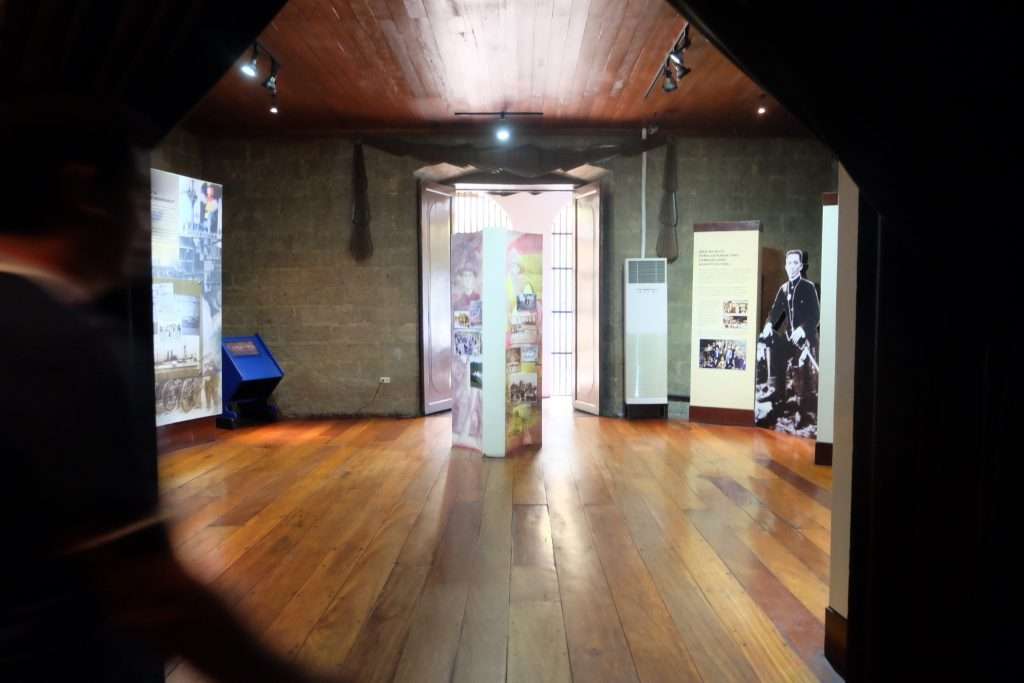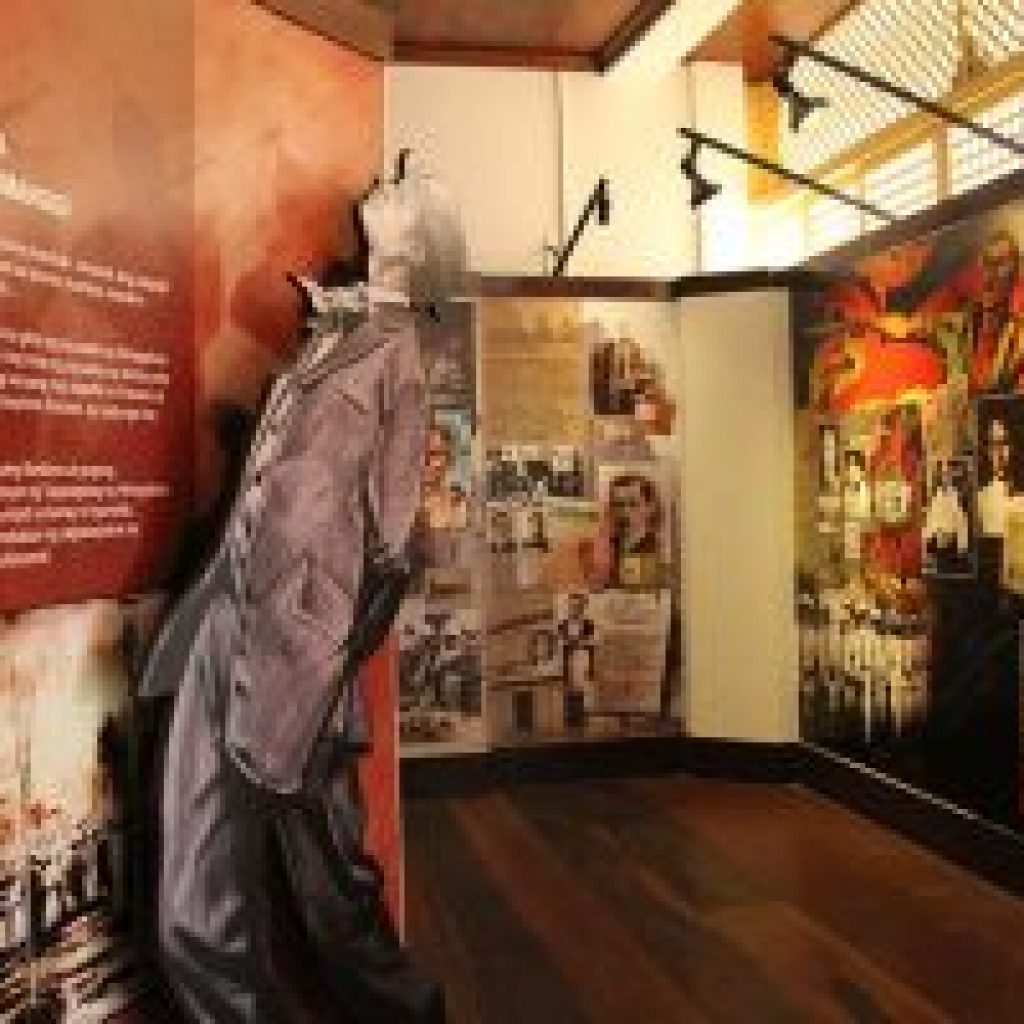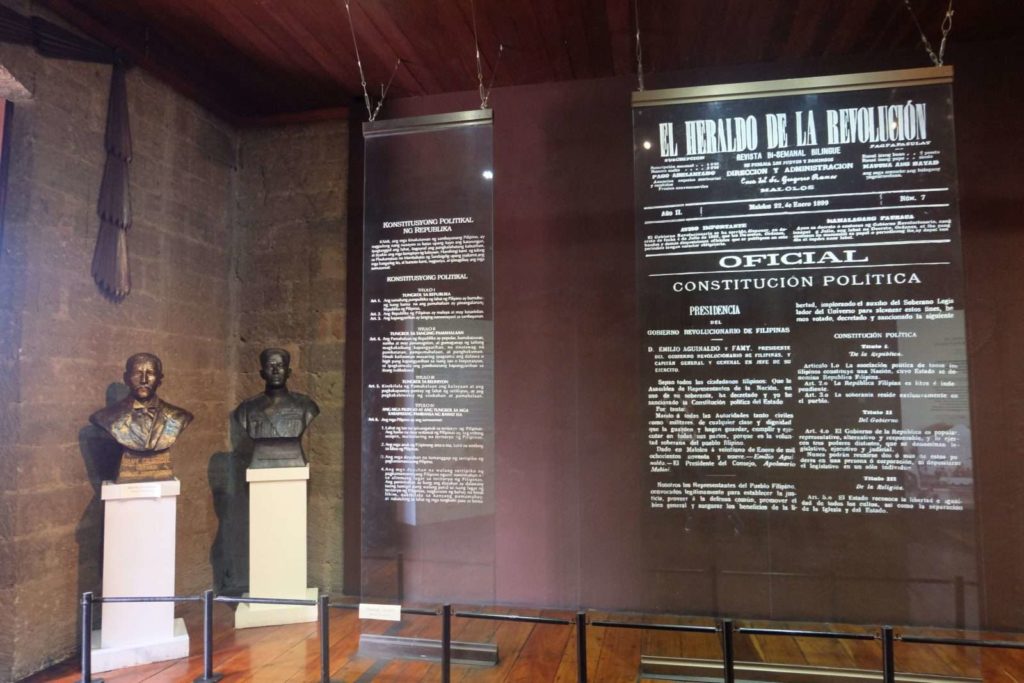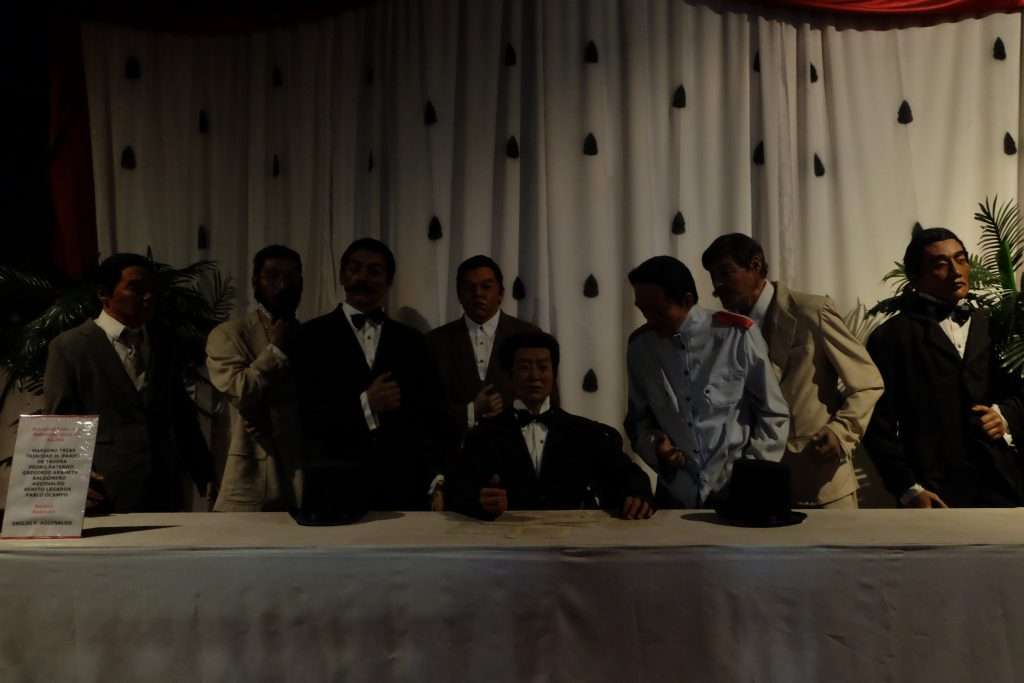Last Updated on May 4, 2020 by ITPM
Barasoain Museum in the City of Malolos. — We all live in the present. With all the pressure to live in the now, why is there a need to learn from what has been? What can all these unprecedented technological change do to enhance our learning experience of both the past and the present? The Barasoain Museum shows us that.
In our recent trip to Malolos, Bulacan, I was impressed by the current approach used in the Barasoain Museum, more formally known as the Museo ng Republika ng 1899, to promote audience engagement in unravelling history. The National Historical Commission (NHC) has unleashed the power of technology by transforming the learning experience when the museum was digitally upgraded during the 114th commemoration of the Malolos Congress.
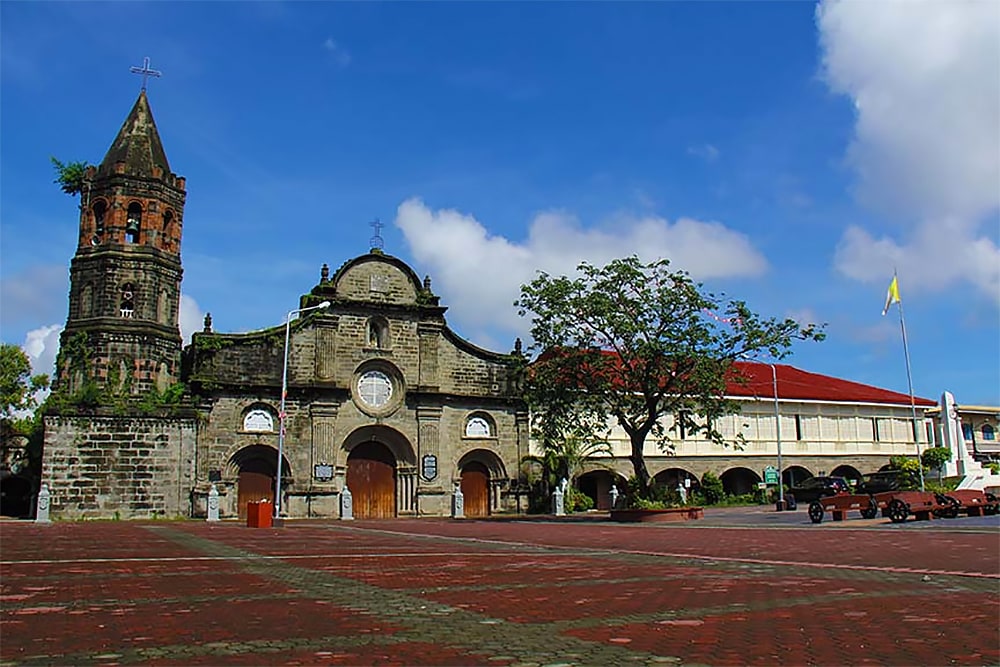
The interactive museum is committed to provide rich historical data that is accessible to local and foreign researchers and cultural tourists. These comprehensively explain how the Malolos Congress was promulgated in 1898. Boasting an array of interactive digital displays, it further allows students and other visitors to participate in a Philippine Revolution history quiz.
The Barasoain Museum Galleries
The Barasoain Museum houses five galleries. Gallery 1 (“Sigaw ng Kalayaan” Gallery) invites visitors into a space that tells the story of oppressed Filipinos during the Spanish colonization era for over 300 years.
While the former gallery highlights the cruelty of restraints, Gallery 2 (“Watawat ng Kalayaan” Gallery) sheds light on freedom by housing an overview of facts about the proclamation of Philippine independence and the decrees of revolutionary government.
In Gallery 3 (“Pagtindig ng Republika” Gallery), visitors can watch a seven-minute light and sound presentation on the Malolos Republic, with life-sized diorama of significant figures. Another key event to remember is when President-elect Pedro Paterno assembled the first Philippine Congress on September 15, 1898 inside Barasoain Church.
Gallery 4 (“Saligang Batas at Pinunong Kinatawan” Gallery) shows the names of the proponents of the Malolos Constitution. This includes Felipe G. Calderon, who is one of the main authors the Malolos Constitution.
Lastly, Gallery 5 (“Pagtatanggol sa Republika” Gallery) shows how Filipinos defended against the threats posed by American colonizers against the first republic.
Technology has its own way of empowering people through an interactive approach. By going beyond traditional design, a museum can benefit from technology with its power to enhance visitor experience.
The historical and cultural treasures of the Malolos Congress are now on display in an interactive museum beside the historic Barasoain Church here where the Philippine revolutionary government was first convened 114 years ago. Visit the Barasoain Museum now!

